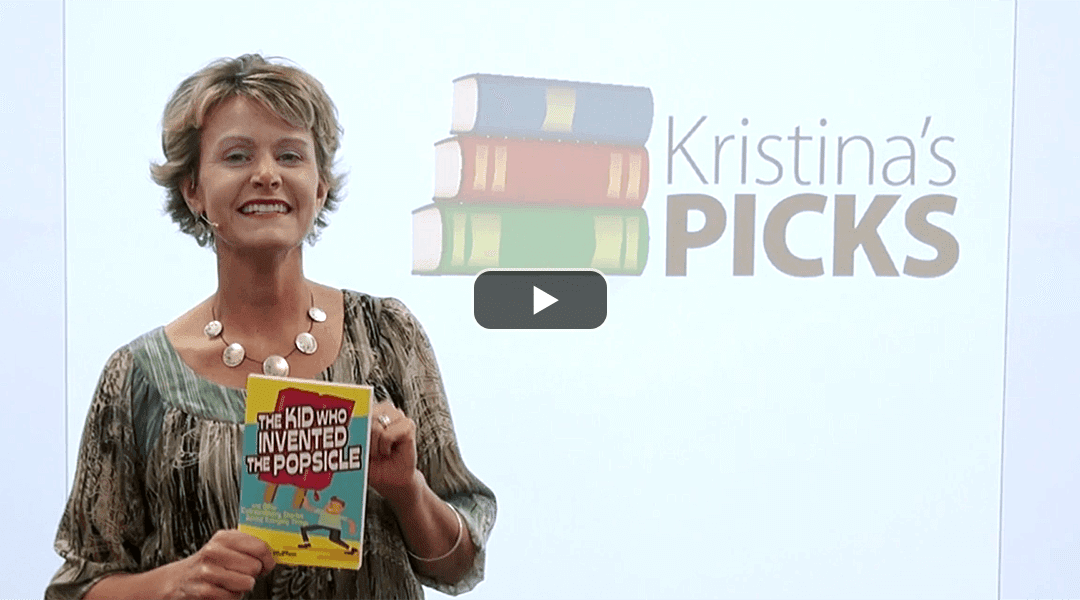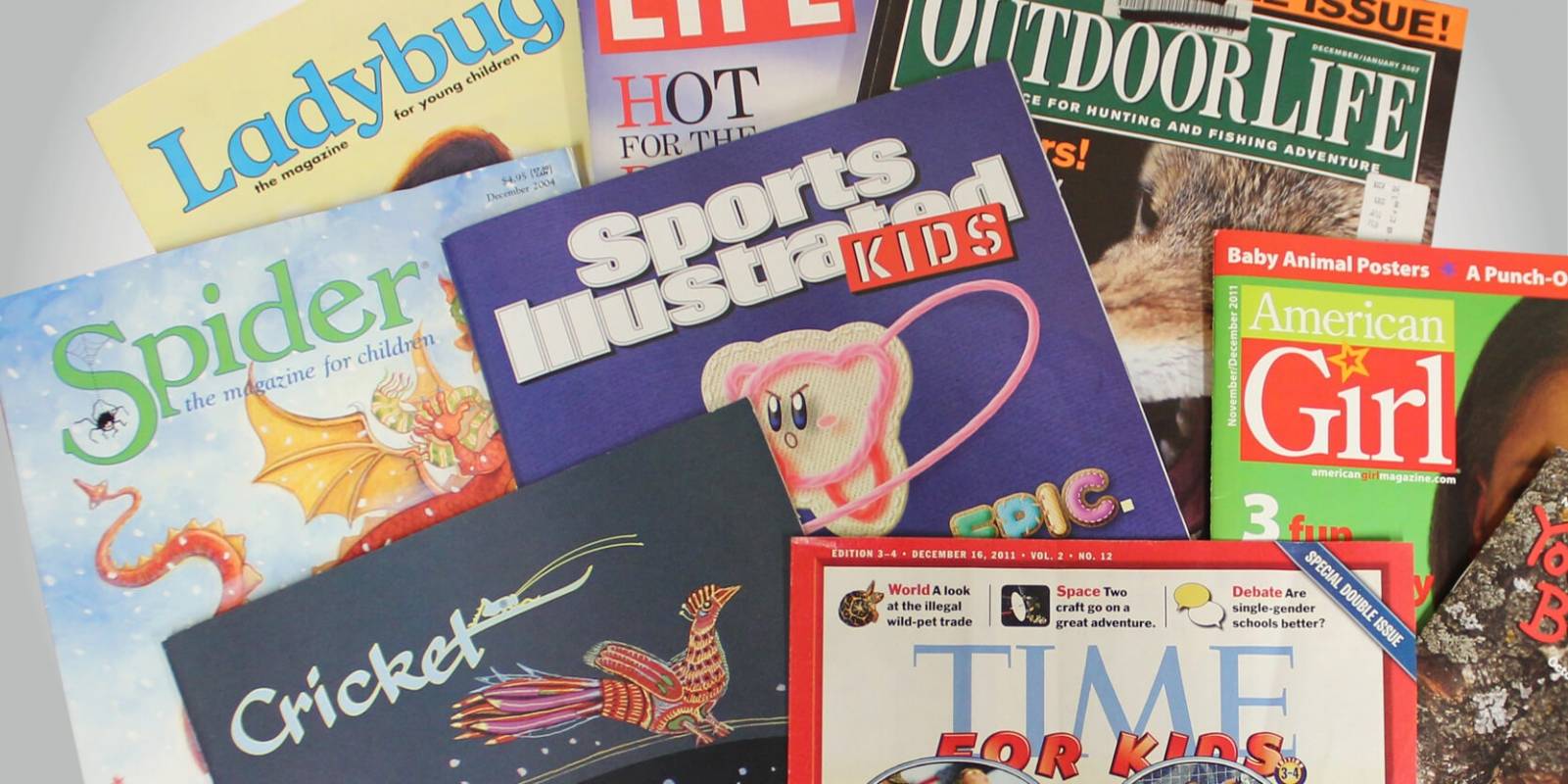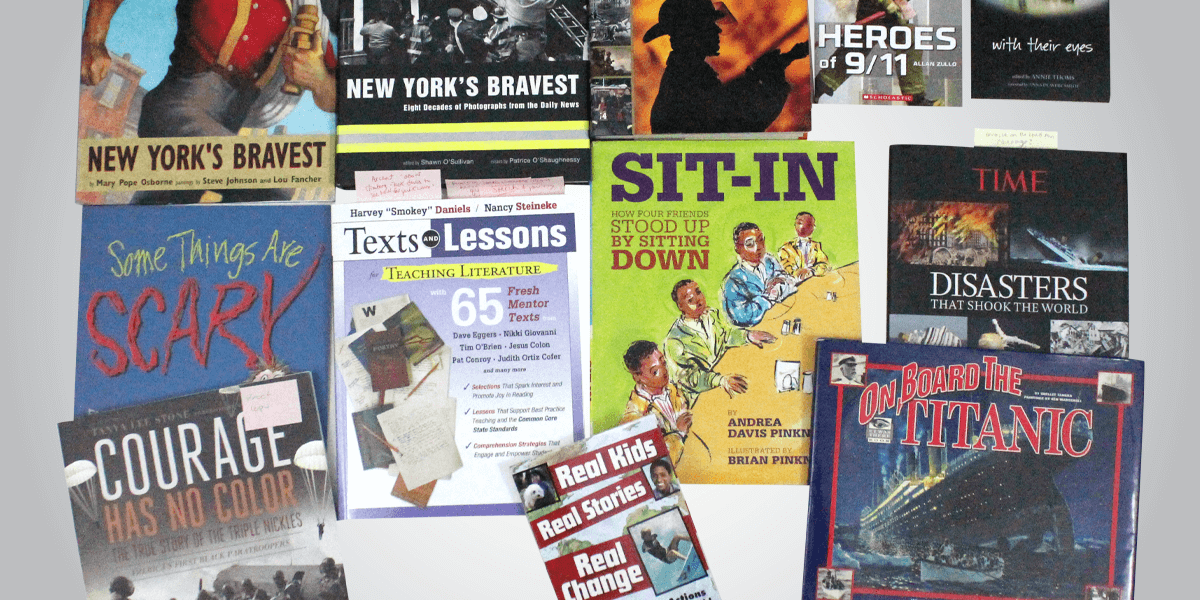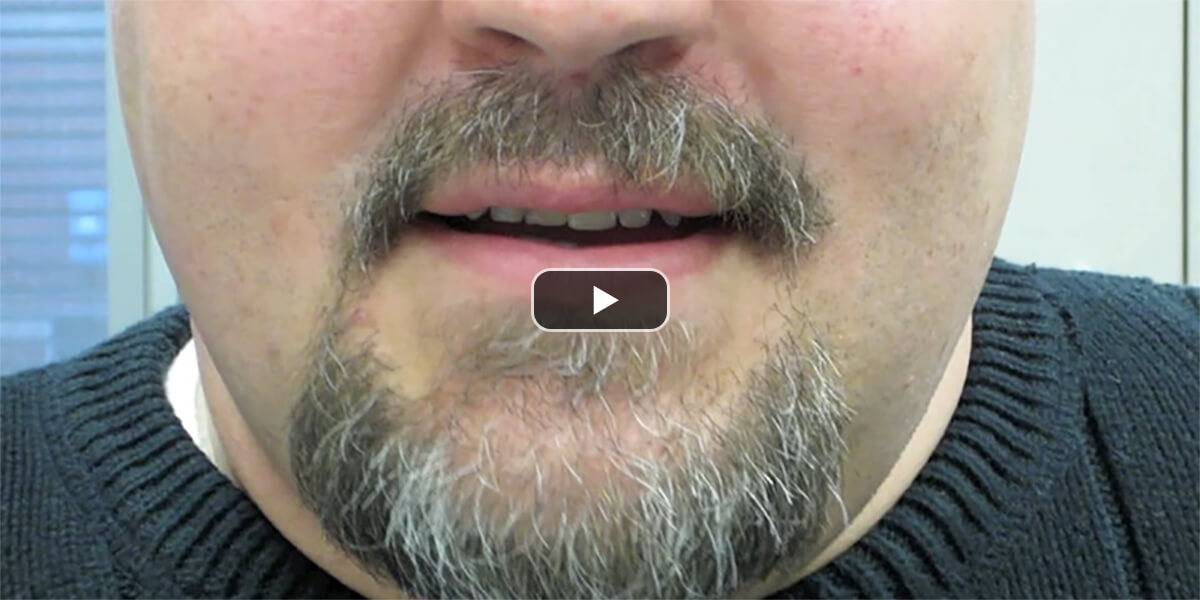Learning Center
reading
Incorporate The Kid Who Invented the Popsicle as a mentor text
May 16, 2012
The same mentor text can be used within a variety of reading and writing lessons. Not only does it save time in having to read a new text to then notice its writing strengths, but it also demonstrates that the same text is strong for numerous skills.
The Kid Who Invented the Popsicle details how 100+ everyday objects were invented with a concise description of how each came to be. It can be used for a variety of reading and writing skills. Here are six possibilities:
Reading skills
1. Short informational-text passages
Introduce this text as short, one-sitting reading passages. These high-interest passages offer opportunities for students to practice for reading and answering questions all at one time.
2. Passages to practice paraphrasing
Starting with the shorter passages, practice paraphrasing short passages following the four steps. Once students master the shorter readings, move on to the longer ones.
3. Practice main-idea sentences
Readers can use these passages to master main idea sentences. Every one of the passages is titled with the topic, not the main idea. But after they read the passage, have students generate a one-sentence main idea for each passage.
Writing skills
4. Attention-grabbing, informative first liners
Every passage in this book is excellent for teaching opening liners in informative writing. They include great hooks and teach students how to engage the reader.
5. Fact-rich and meaty informative writing
Every one of these examples is great for highlighting and summary writing. They all include the most important elements of each invention and neatly summarize the most important elements.
6. Conventions in informative writing
With this text, writers can master conventions with a wide variety used throughout the book. Commas; proper noun capitals; how to site numbers, dates, and quantities are all prevalent and excellent examples in informative writing.





